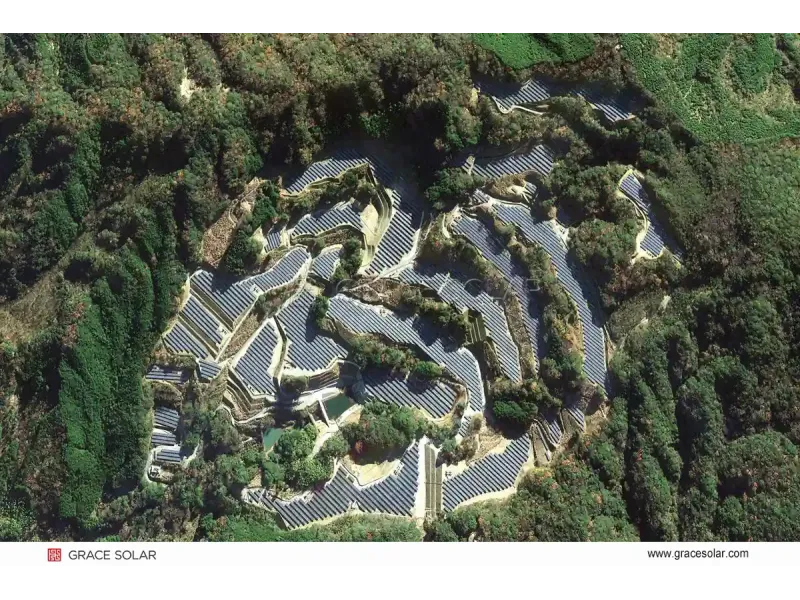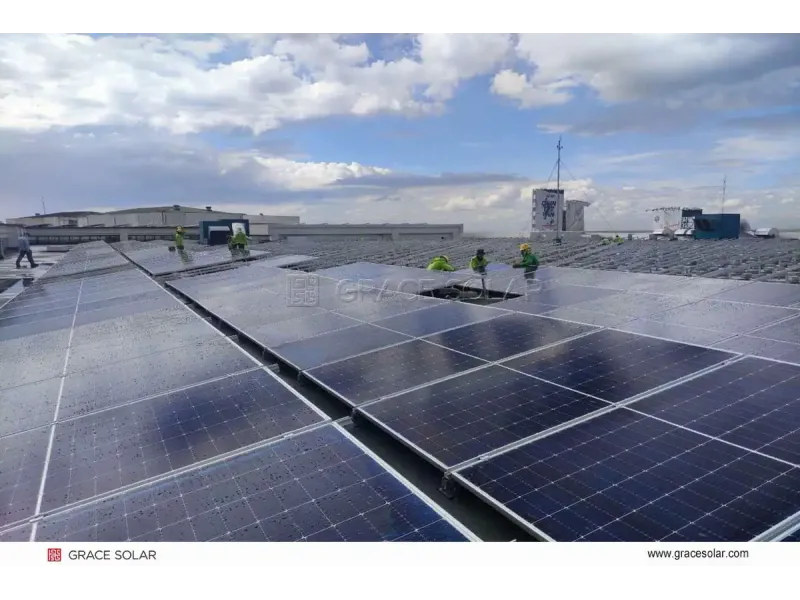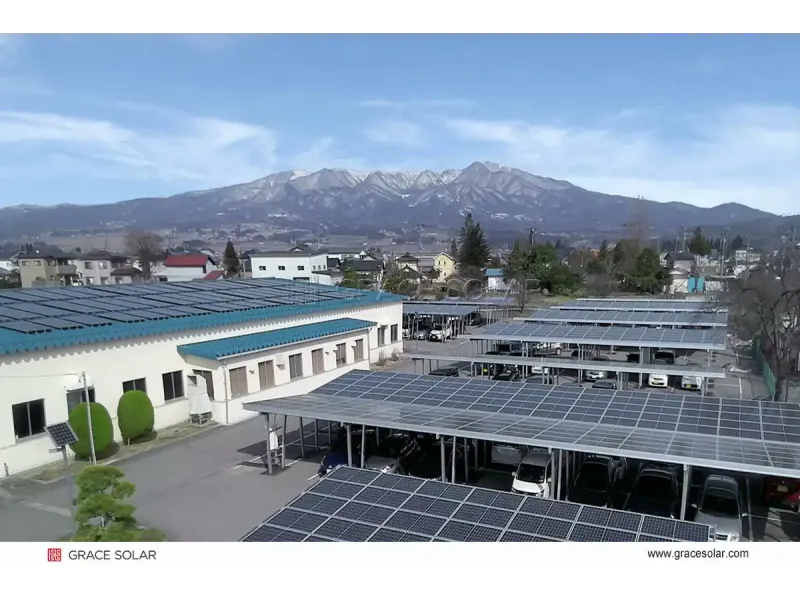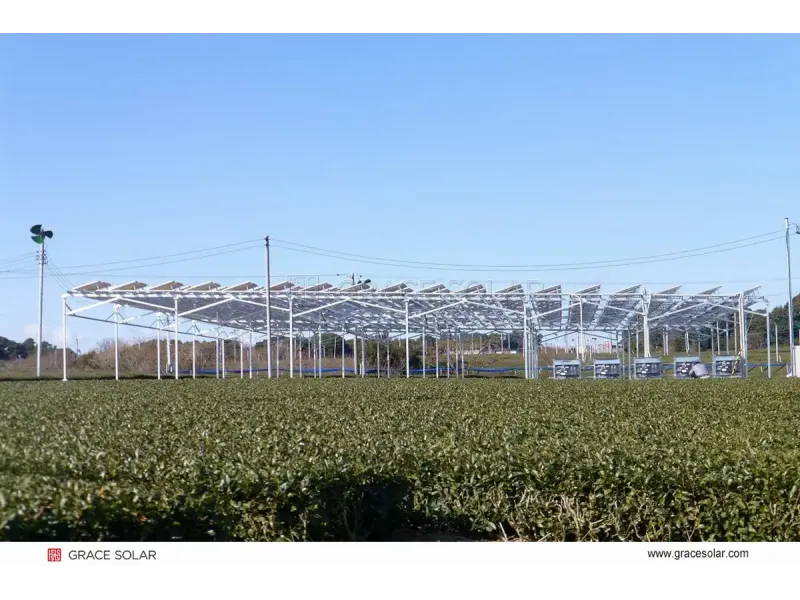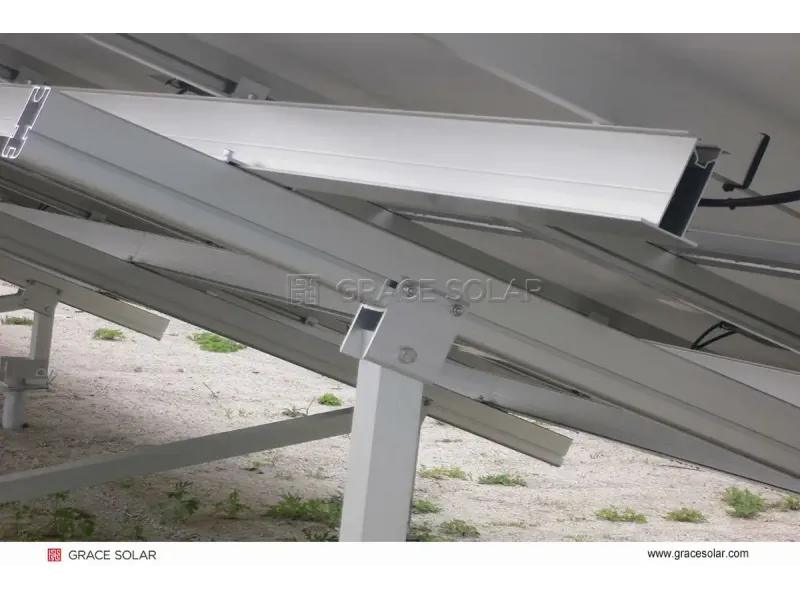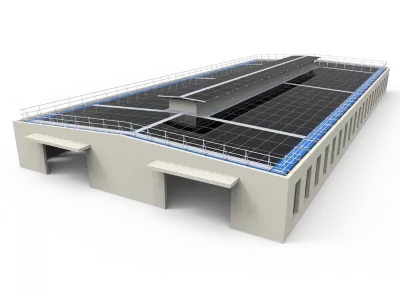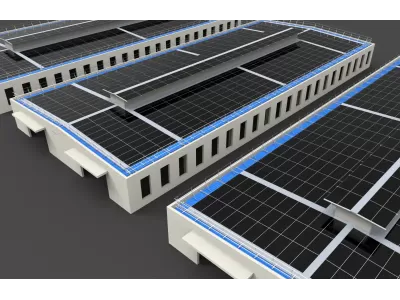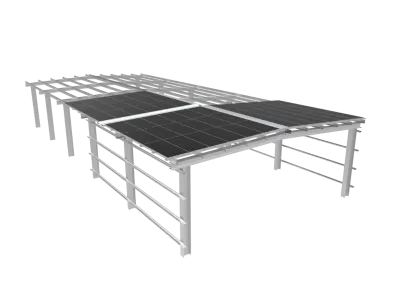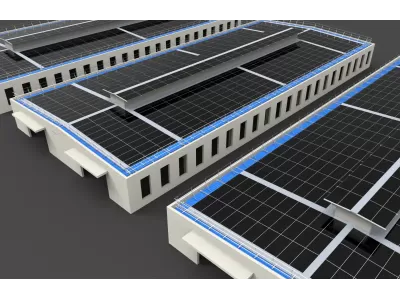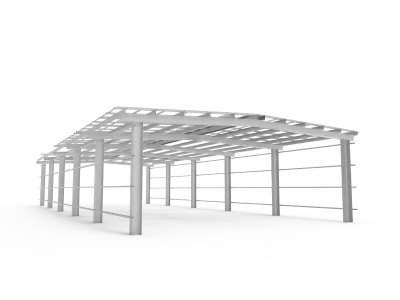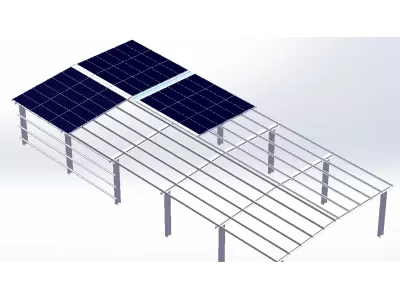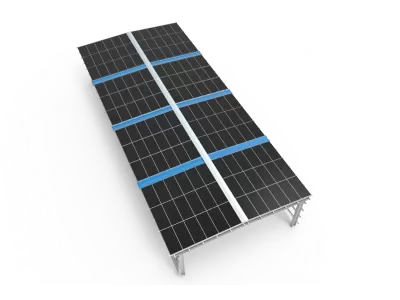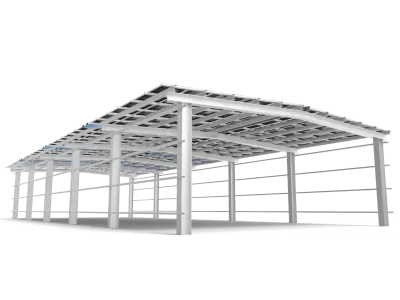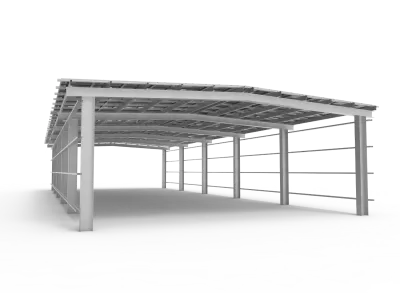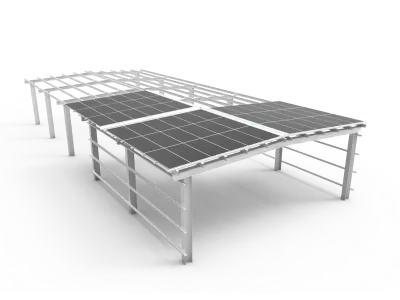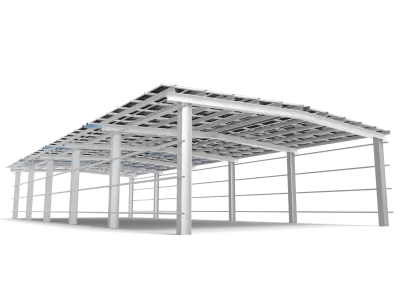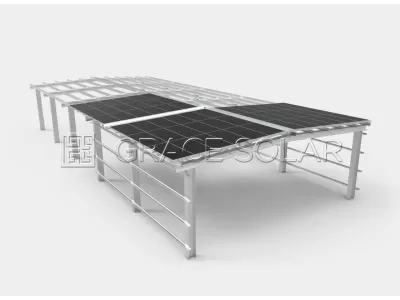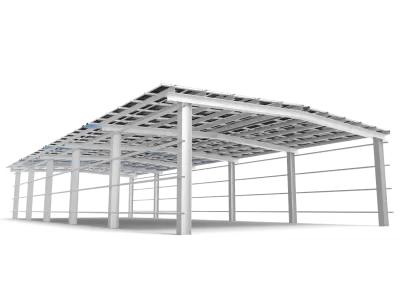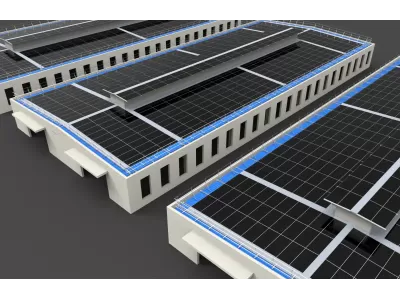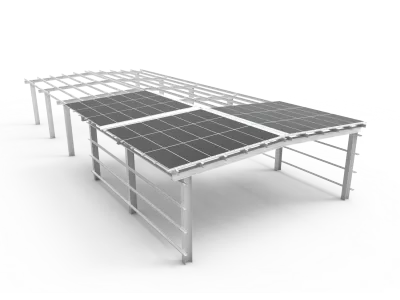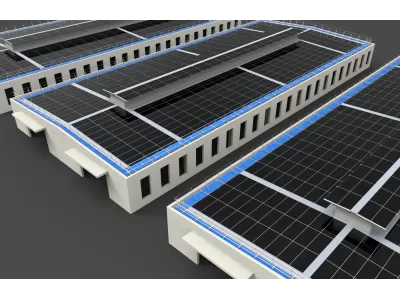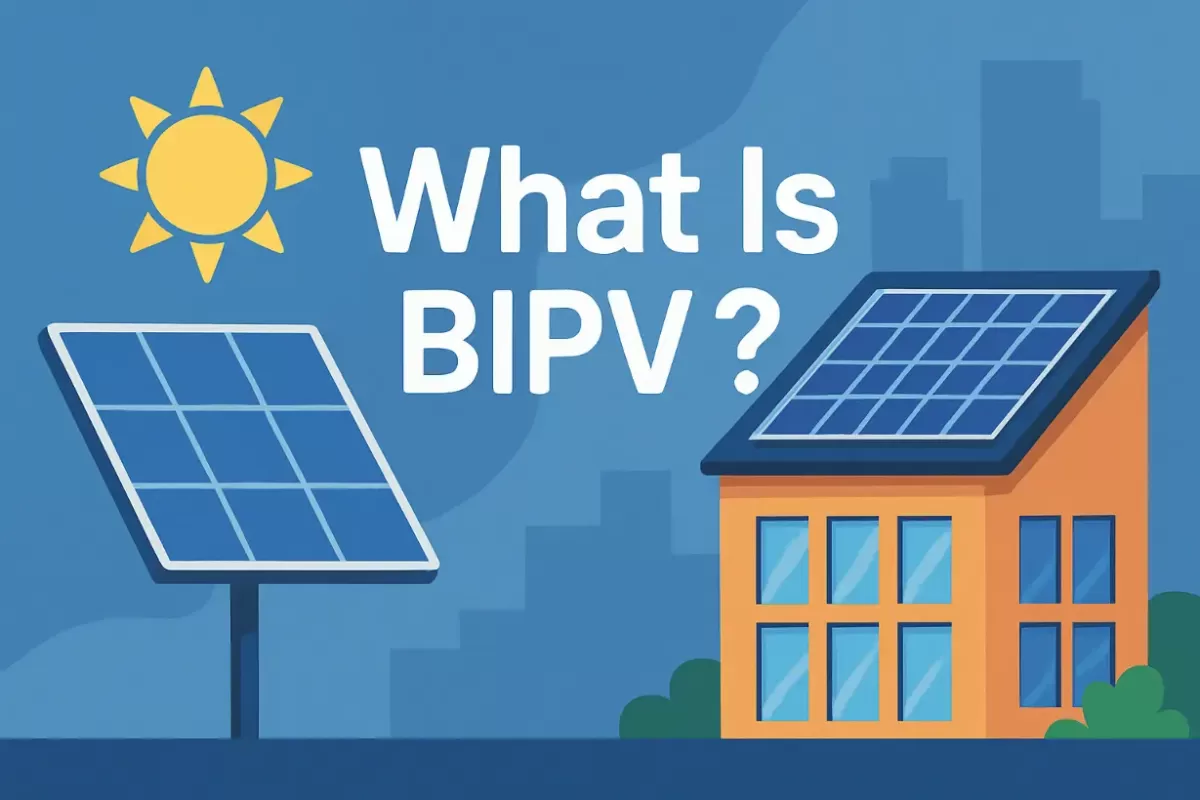
What Is BIPV? Redefining Solar Integration in Modern Buildings
Building Integrated Photovoltaics (BIPV) transforms photovoltaic materials into functional architectural components - replacing conventional roofs, facades, and windows with solar-active surfaces. Unlike traditional BAPV (Building Applied PV) systems mounted on structures, BIPV becomes the structure itself. This seamless merger of energy generation and construction delivers dual benefits: structural integrity and clean power production.
Core Applications & Market Growth
Global BIPV installations are projected to exceed $29 billion by 2028 (Global Market Insights). Key implementations include:
- BIPV Roof Systems that replace tiles/metal sheets while generating 60-150W/m²
- Transparent photovoltaic glass for curtain walls and skylights
- Solar-integrated balcony railings and acoustic barriers
The European Union's Renewable Energy Directive III mandates BIPV integration in all new public buildings by 2026, accelerating adoption in commercial spaces. Our integrated solutions serve architects seeking dual-functional designs.
BIPV Advantages
- 25-40% reduced installation costs vs conventional PV + cladding
- Customizable aesthetics: Colors, patterns and transparency options
- Passive thermal regulation reducing HVAC loads
Compared to BAPV
- No roof penetration risk with BAPV systems
- Superior wind/weather resistance (tested to 200km/h)
- 25-year structural warranties vs 12-15yr standard PV
Material Innovations & Efficiency Metrics
Modern BIPV modules achieve 18-22% efficiency using:
- Thin-film CIGS for curved surfaces
- PERC silicon cells in glass-glass laminates
- Organic PV for semi-transparent facades
Our energy-positive building systems incorporate micro-inverters and heat recovery layers that boost total yield by 12%.
The Business Case for BIPV
Commercial payback periods now range between 6-8 years in sunbelt regions due to:
- Integrated design eliminating duplicate materials
- Government incentives like India's PLI scheme ($750m allocated)
- Carbon credit monetization (40-60t CO2 reduction per 100kW)
Explore our comprehensive EPC solutions for turnkey ROI optimization.
Case Study: Louvre Abu Dhabi
The museum's 5,000 m² BIPV canopy generates 1.2GWh annually while creating its iconic "Rain of Light" effect - demonstrating how our architectural solar solutions merge artistry with functionality.
Global Implementation Pathways
Region-specific drivers include:
| Region | Regulatory Driver | Bymea Solution |
|---|---|---|
| EU | EPBD Revisions (2025) | Class B fire-rated modules |
| California | Title 24 Net Zero Mandate | Cool Roof-compatible systems |
Discover regionally optimized products in our global solution portfolio.
Future Outlook
With 3D-printed BIPV structures entering trials in Singapore and self-cleaning nano-coatings boosting yields by 7%, the technology is rapidly evolving. Bymea's R&D pipeline includes perovskite tandem cells poised to reach 28% efficiency by 2027.

